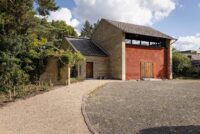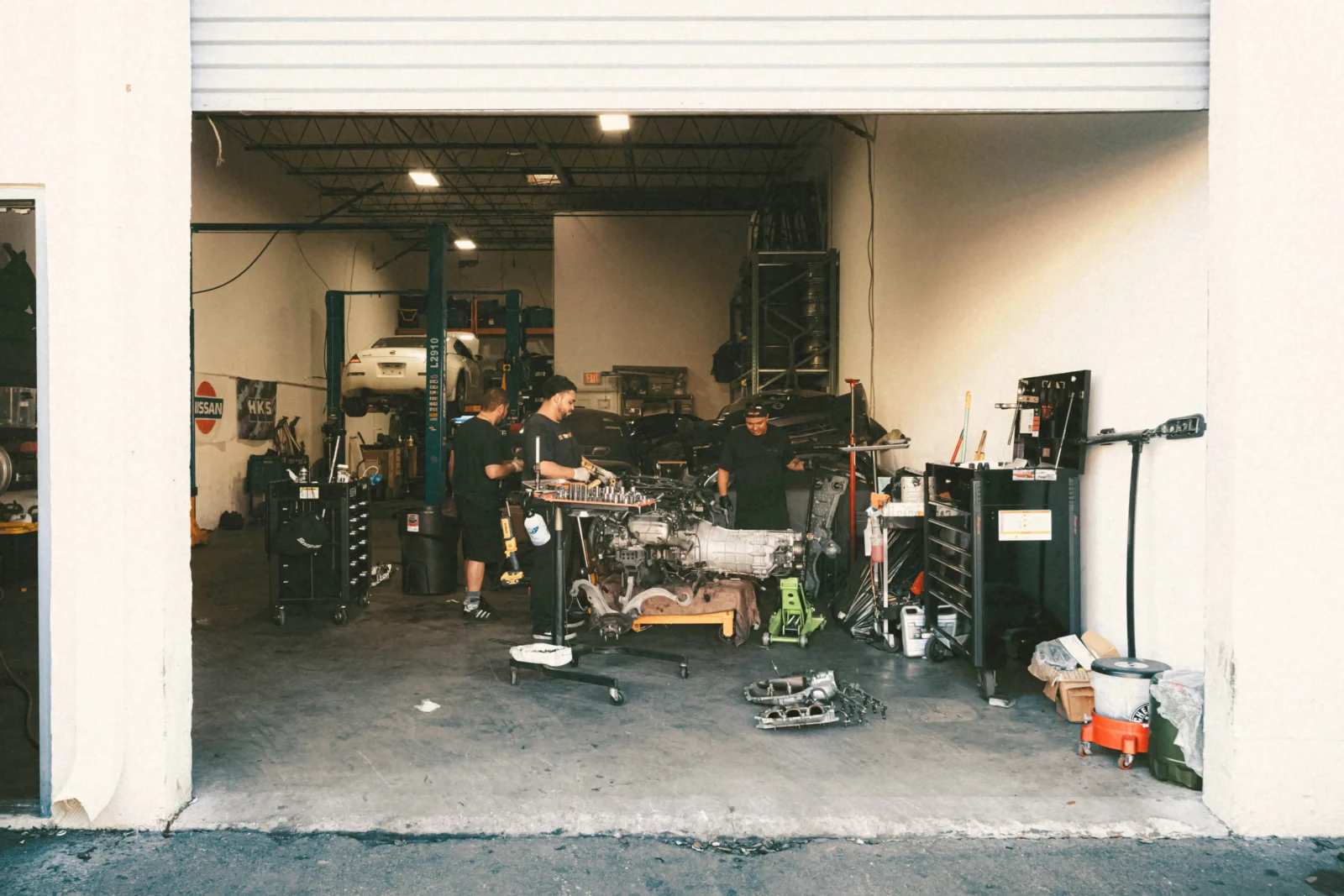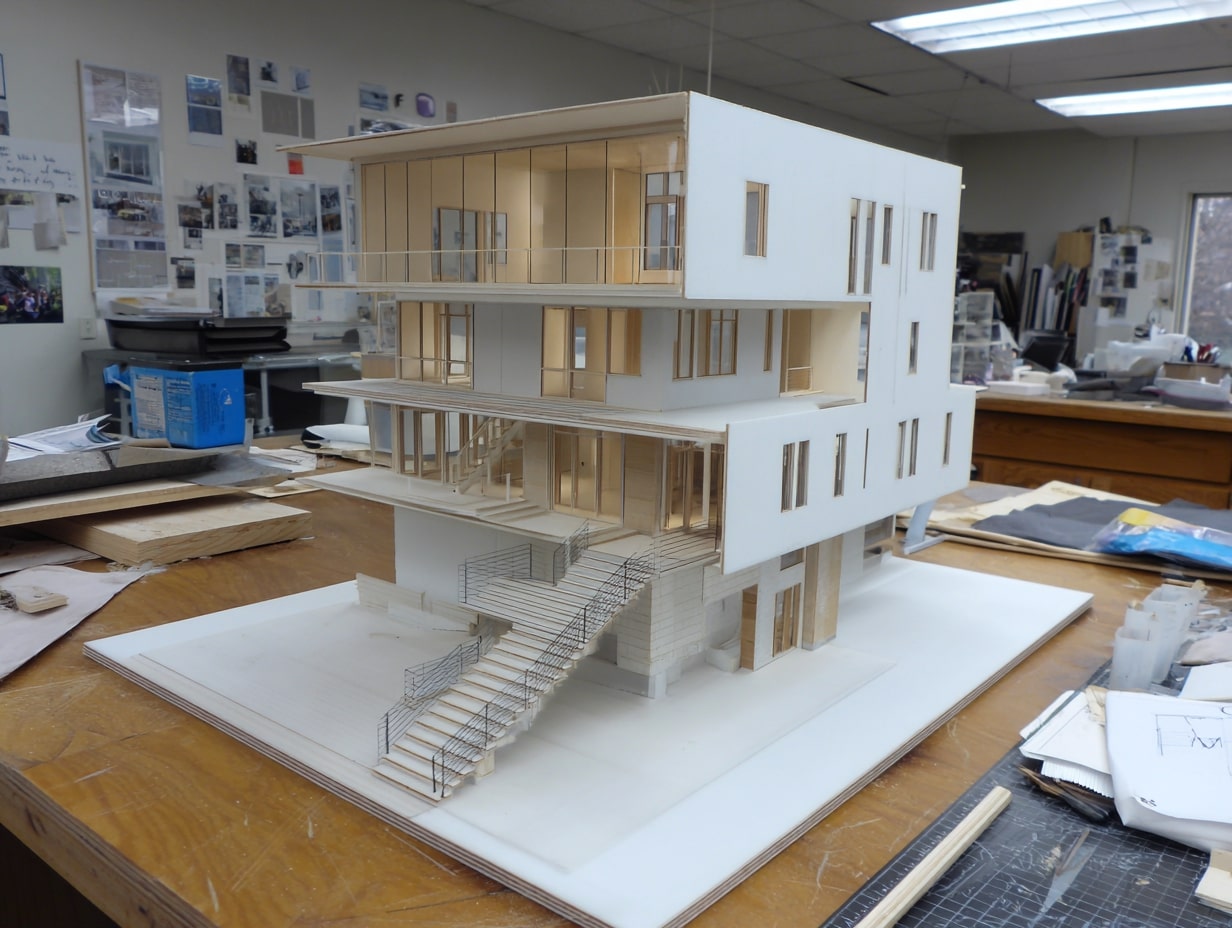- Home
- Articles
- Architectural Portfolio
- Architectral Presentation
- Inspirational Stories
- Architecture News
- Visualization
- BIM Industry
- Facade Design
- Parametric Design
- Career
- Landscape Architecture
- Construction
- Artificial Intelligence
- Sketching
- Design Softwares
- Diagrams
- Writing
- Architectural Tips
- Sustainability
- Courses
- Concept
- Technology
- History & Heritage
- Future of Architecture
- Guides & How-To
- Art & Culture
- Projects
- Interior Design
- Competitions
- Jobs
- Store
- Tools
- More
- Home
- Articles
- Architectural Portfolio
- Architectral Presentation
- Inspirational Stories
- Architecture News
- Visualization
- BIM Industry
- Facade Design
- Parametric Design
- Career
- Landscape Architecture
- Construction
- Artificial Intelligence
- Sketching
- Design Softwares
- Diagrams
- Writing
- Architectural Tips
- Sustainability
- Courses
- Concept
- Technology
- History & Heritage
- Future of Architecture
- Guides & How-To
- Art & Culture
- Projects
- Interior Design
- Competitions
- Jobs
- Store
- Tools
- More
Top Strategies for Enhancing Campus Infrastructure Through Data Analytics

Guessing games for campus planning are no longer in style. Now, higher education institutions use data analytics to alter their campuses so that each square foot exactly matches the requirements of their changing communities. By examining things like classroom usage and student response, schools aren’t just catching up with alterations; they’re leading the way.
This clever and planned use of data does not only maximize physical areas, but also improves the student’s experience. It makes campuses more flexible, effective, and prepared for various possibilities in the future.
Table of Contents
Toggle1. Tailoring Spaces to Changing Educational Models
By looking at detailed data on how various parts of the campus are utilized, universities may choose to redesign or reuse rooms to match modern study requirements better. Big lecture halls which are often empty might be turned into cooperative working areas or technology centers supporting digital learning and group projects. This also matches the physical environment with modern online educational methods and uses campus estate more effectively.
2. Enhancing Student and Faculty Experience
Data analytics also plays a huge part in making the higher ed campus planning experience superior for students and teachers. By collecting opinions from surveys and following how things are used, institutions can figure out what amenities are most liked by people and which places need to be worked on more.

For example, if information shows us that students like studying in places with natural light, schools can focus on these features when planning new designs or changes. If reports from faculty demonstrate a requirement for additional office areas near teaching locations, institutions can also make arrangements to decrease the time it takes for faculties to travel and enhance the possibility of students having consultations.
3. Streamlining Resource Allocation
The use of data analytics guarantees that investments made into campus infrastructure provide maximum returns. When universities analyze data about classroom occupancy and resource use, they can decide where to spend money first. This prevents fund wastage and safeguards resources required for projects that significantly influence educational quality as well as student life.
Analytics also help forecast maintenance required on campus facilities by spotting possible problems before they turn into expensive issues. This prolongs the life of basic infrastructure and saves money spent on sudden repairs.
4. Fostering an Adaptable Learning Environment
Campuses can use these tools to keep an eye on current student activities and outside shifts in education, so they may foresee alterations and adjust accordingly. This might refer to changing sizes of classrooms according to the number of students who have enrolled, or rapidly introducing technological improvements to cope with fresh learning needs.
Another aspect of an adaptable learning environment is the ability to react to unexpected events. For example, consider the recent emphasis on remote learning. Campuses that are driven by data can more easily handle changes like moving classes online or adjusting facilities on campus according to health and safety regulations. This flexibility guarantees that schools can continuously deliver high-quality education regardless of what difficulties they encounter.
Endnote
Using data analytics for campus planning is not a mere fashion, but rather it signifies a shift in how institutions of education operate in the 21st century. By using data to customize spaces, improve experiences, simplify resources and encourage flexibility, colleges and universities are optimizing their existing operations as well as preparing for an upcoming period where education will be more responsive.
illustrarch is your daily dose of architecture. Leading community designed for all lovers of illustration and #drawing.
Submit your architectural projects
Follow these steps for submission your project. Submission FormLatest Posts
Smart Steps for Repairing Your Garage
Keeping your garage safe and reliable is mostly about steady habits and...
Why Scale Matters in Architecture
Why Scale Matters in Architecture: see how human, building, and urban scales...
The Chain Reaction Triggered by Foundation Movement
Foundation movement is never an isolated event contained strictly to the concrete...
Why Smart Bin Rental Strategy Shapes Better Architecture Projects
Picture this: you’re standing before your dream architectural project, blueprints approved, permits...












Leave a comment